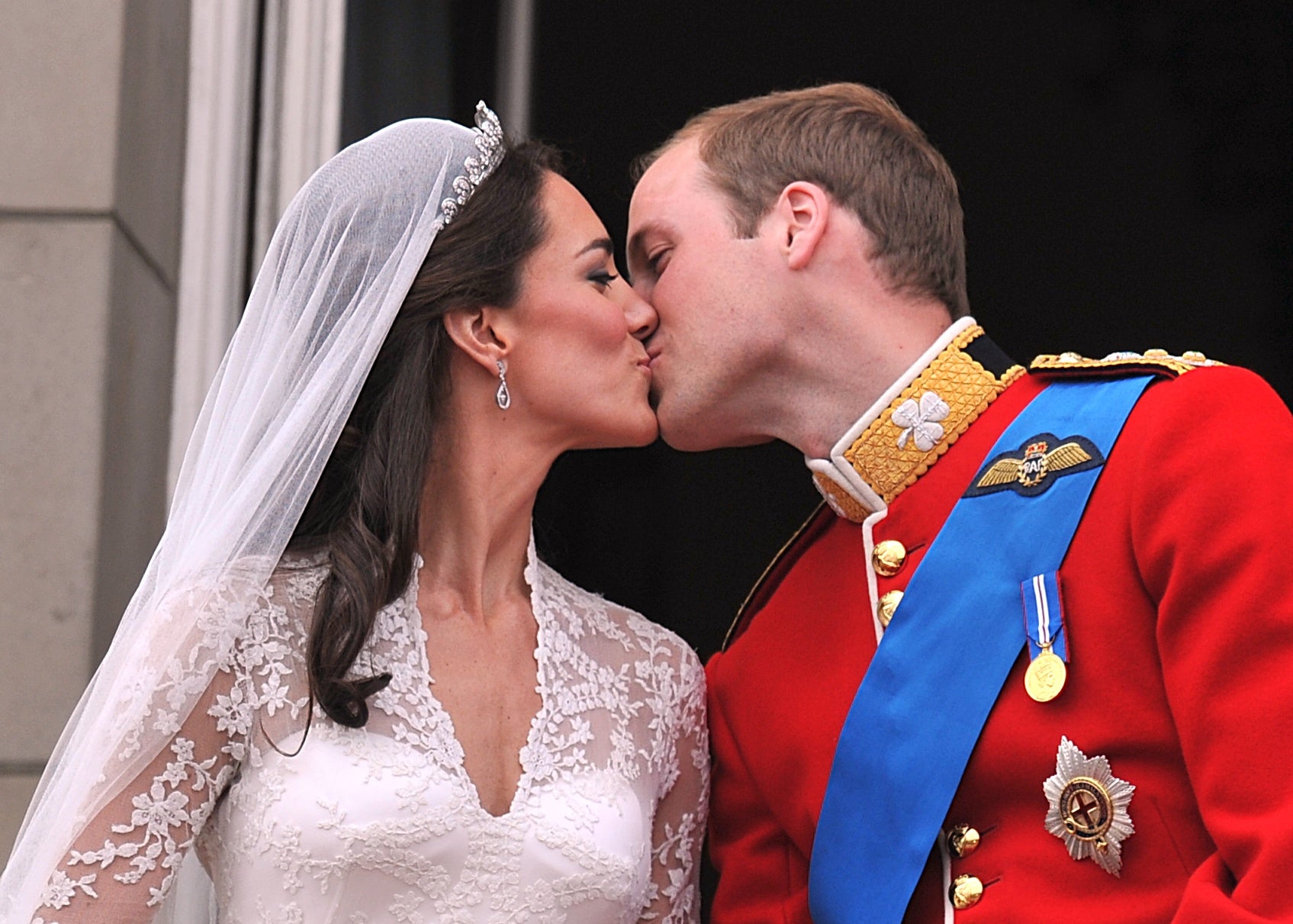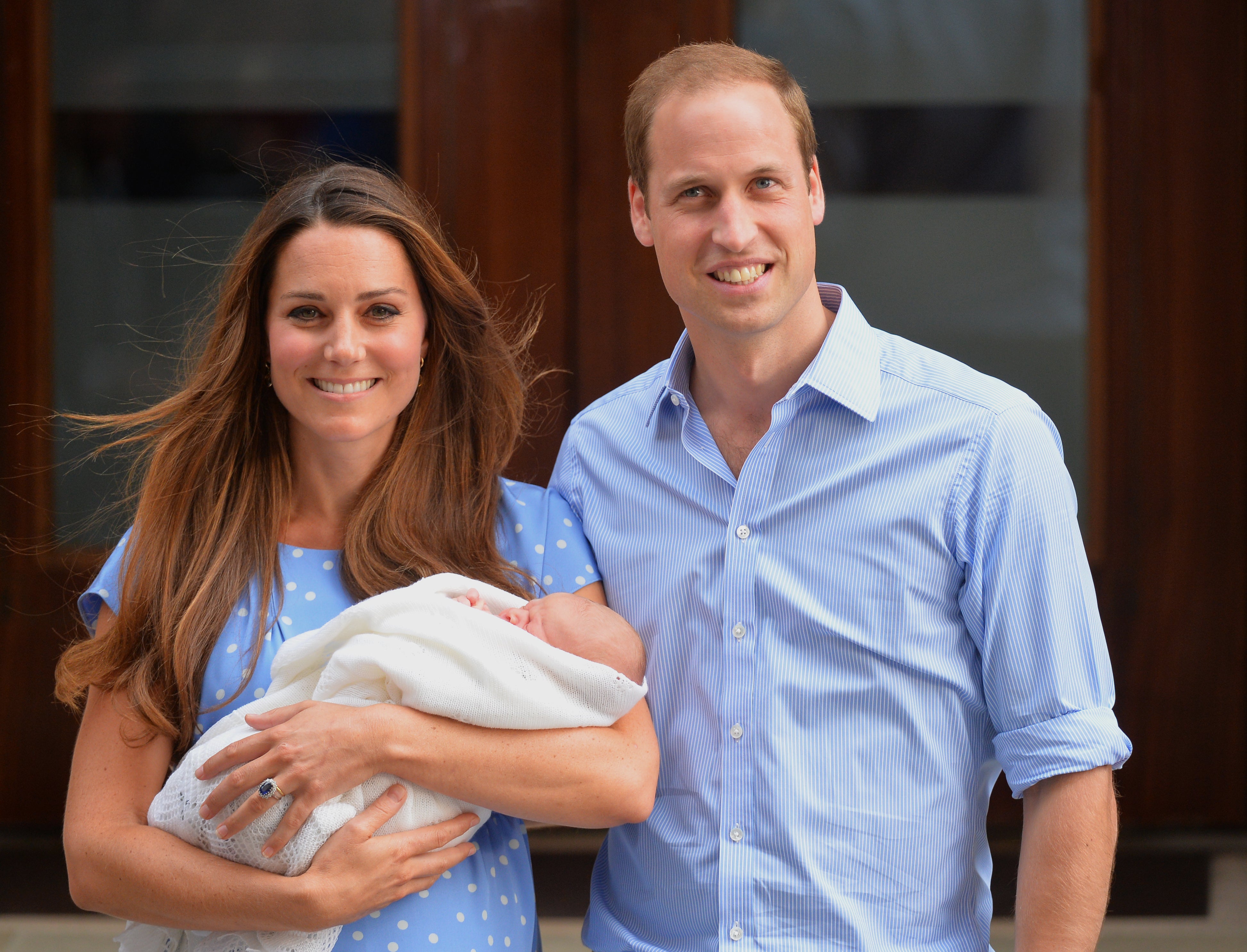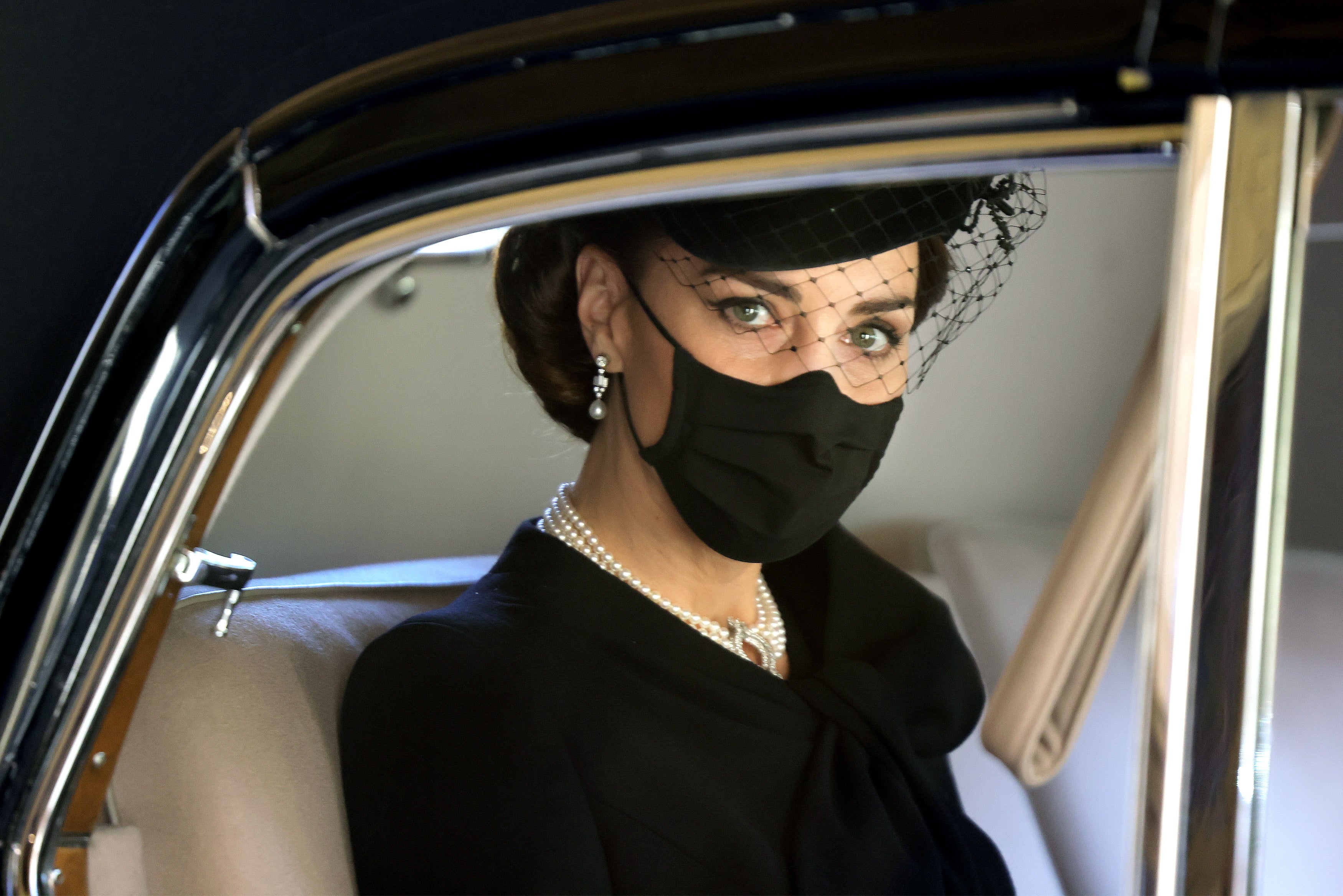The Modern Royals: How William and Kate brought the monarchy into the 21st century
As the couple celebrates their 10 year wedding anniversary, Hugo Vickers explores how the Duke and Duchess of Cambridge have adapted to the age of social media and become relatable royals


One of the benefits of an hereditary monarchy is that it enables a family to evolve, for each monarch to set their own pace. Changes happen subtly and imperceptibly. At the moment we almost have a four-tier generation of monarchy – The Queen still very much the head of state, as she approaches the 70th anniversary of her accession; Prince Charles and the Duchess of Cornwall doing things differently; then the Cambridges and from time-to-time appearances by their three children (clapping for the NHS last summer).
The Cambridge wedding in April 2011 was wildly popular, partly because it produced a future Queen and heralded another generation in the House of Windsor, but more so, because after the unhappiness of his early years, Prince William had gone well through school and university and this was clearly not a dynastic match. He had found his own bride, they had got to know each other, and there was not a hint of the (then unstated) concerns when Prince Charles married Diana Spencer in 1981.
The young couple lived an informal life in Anglesey. At one time fears were expressed ‘in the corridors’ that Prince William was not pulling his weight for the monarchy, though he was balancing his royal life with his career as an air ambulance pilot and being a modern and supportive father. He was third in line; the pressure was not on him. He could be moved forward gradually as, and when required. Catherine, it seemed to me, needed to do no more than be a loving mother to the three cute children, dress beautifully and be a supportive if essentially silent partner. How wrong I was.
The year 2020 provoked huge challenges. Prince Andrew and Prince Harry disappeared from the royal chess board. Then came the pandemic. Clearly the Queen and Prince Philip needed to be isolated due to their great age, and Prince Charles fell victim to Covid, enough to put him out of the picture for some weeks. Suddenly the public role of inspiring the country, a prime duty of the monarchy at times of crisis, fell to the Cambridges. They stepped up to the mark.
I remember watching the hospital scenes when Prince William collected Prince George after his birth in 2013. William was open-shirted, he chatted to the media, he manipulated the baby seat, and he was at the wheel of the car as they drove home. This was already very different from his parents – the chauffeur, tie and pin-stripe suit, and restrained interaction with the press. They were identifying with a younger generation.

During the pandemic it became a regular feature to see William and Kate chatting to the NHS, commending Captain Tom, interacting with old folks in care homes, talking to children, all via Zoom. Back in the 1990s Buckingham Palace created its own website, an effective way of getting their news out – news so often kept from readers by editors and journalists. Here were the facts regularly presented to anyone who logged on. The Cambridges have taken this a step further, creating their Instagram account – Kensington Royal – also on Facebook and Twitter. Here they inform and promote – they have more than 12.5 million followers and have posted over 2,200 times – a mixture of video messages, activities, first glimpses of the Duchess’s photographs of her children, noting family anniversaries and milestones. It shows the diversity of their work, and actively engages with the general public.
It is perhaps not so much a case of rebranding the monarchy as finding a more subtle way of reaching out. As the Queen enters her 96th year, her advisors must pace the engagements to enable her to continue as active head of state, be this avoiding stairs and steps, or wearing the George IV diadem at the Opening of Parliament instead of the Imperial State Crown. Thus the younger generations move forward to support and help her, something even more needed now that she has lost the Duke of Edinburgh.
The Queen was only 25 when she acceded to the throne, Queen Victoria only just of age in 1837. Prince Charles will succeed at an age when most men are thinking of retiring. Surely his most active years will have been as Prince of Wales. Edward VII was relatively old, but he enjoyed a short, rather magnificent reign. Prince William will have had time to set his own course, and to raise his young family. Catherine commended the commitment of families, parents and carers in raising children in a recent message: “It is a brave thing to believe in an outcome – in a world even – that might not be felt for a generation or more … big change starts small.”

The only time I met Prince William I was impressed by his generosity in thanking the contributors and sponsors of the project – and in particular, how he knelt beside the most generous of them, the late Sir Donald Gosling. Irritated as I frequently am byThe Crown presenting the royal family as cold and spiteful, crushing any who fail to conform to their ways, it was a tonic to pass near the young Duchess one Sunday morning playing with her children – an informal, happy scene – the reality versus the politicised mythology of the Netflix series.
Rebranders often talk of the ‘soft power’ of the monarchy. They can bring people together, they can conciliate. At times of great crisis, the nation turns to the Queen for inspiration and can respect the head of state as being above politics. It would seem that the young Duchess has the capacity to inspire in full measure. Thus, as the Queen looks to the future of the monarchy, she can be confident that with the Cambridges there in the future, it will be in good hands.
Join our commenting forum
Join thought-provoking conversations, follow other Independent readers and see their replies
Comments